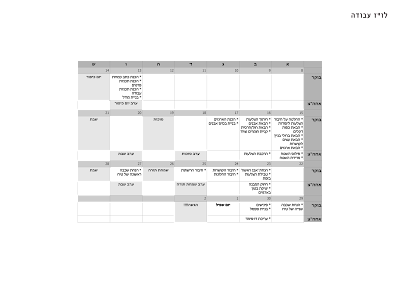1/08/2014
1/02/2014
Rural Studio - Architecture for all
Rural Studio is an off-campus design-build program of Auburn University. The program, established in 1993 by D.K. Ruth and Samuel Mockbee, gives architecture students a more hands-on educational experience whilst assisting an underserved population in West Alabama's Black Belt region. In its initial years, the Studio became known for establishing an ethos of recycling, reusing and remaking. In 2001, after the passing of Samuel Mockbee, Andrew Freear succeeded him as director. Since that time, Rural Studio has expanded the scope and complexity of its projects, focusing largely on community-oriented work.
The Rural Studio philosophy suggests that everyone, both rich or poor, deserves the benefit of good design. To fulfill this ethic, the Studio has evolved towards more community-oriented projects. Projects have become multi-year, multi-phase efforts traveling across three counties. The students work within the community to define solutions, fundraise, design and, ultimately, build remarkable projects. The Studio continually questions what should be built, rather than what can be built, both for the performance and operation of the projects. To date, Rural Studio has built more than 150 projects and educated more than 600 "Citizen Architects." (Source: http://www.ruralstudio.org/about/purpose-history)
Words:
Inspiration,
Rural Studio
12/10/2013
10/14/2013
Beralle Group - Work plans (Details, Plans, Sections, Work Schedule, Photos)
our structure is located at a natural point of view on the south side of Machtesh Ramon, where you can see a wide-screen picture of the view.
however, the sun is in the south in the hottest hours of the day, and the lack of shading makes its almost impossible to enjoy the stunning view.
The structure, which was made from wood construction, stone fence, mesh and mud, intended to shade this view point, and to show a different way to look at the view.
The wall of the half dome directing the eye to look through the windows, which divides the panoramic view to separate pieces.
The working process included traditional techniques such as Hi-Tech technology, and the challenging dome structure required preciseness as well as improvisation.
Photos of the final structure:
Subscribe to:
Posts (Atom)

















